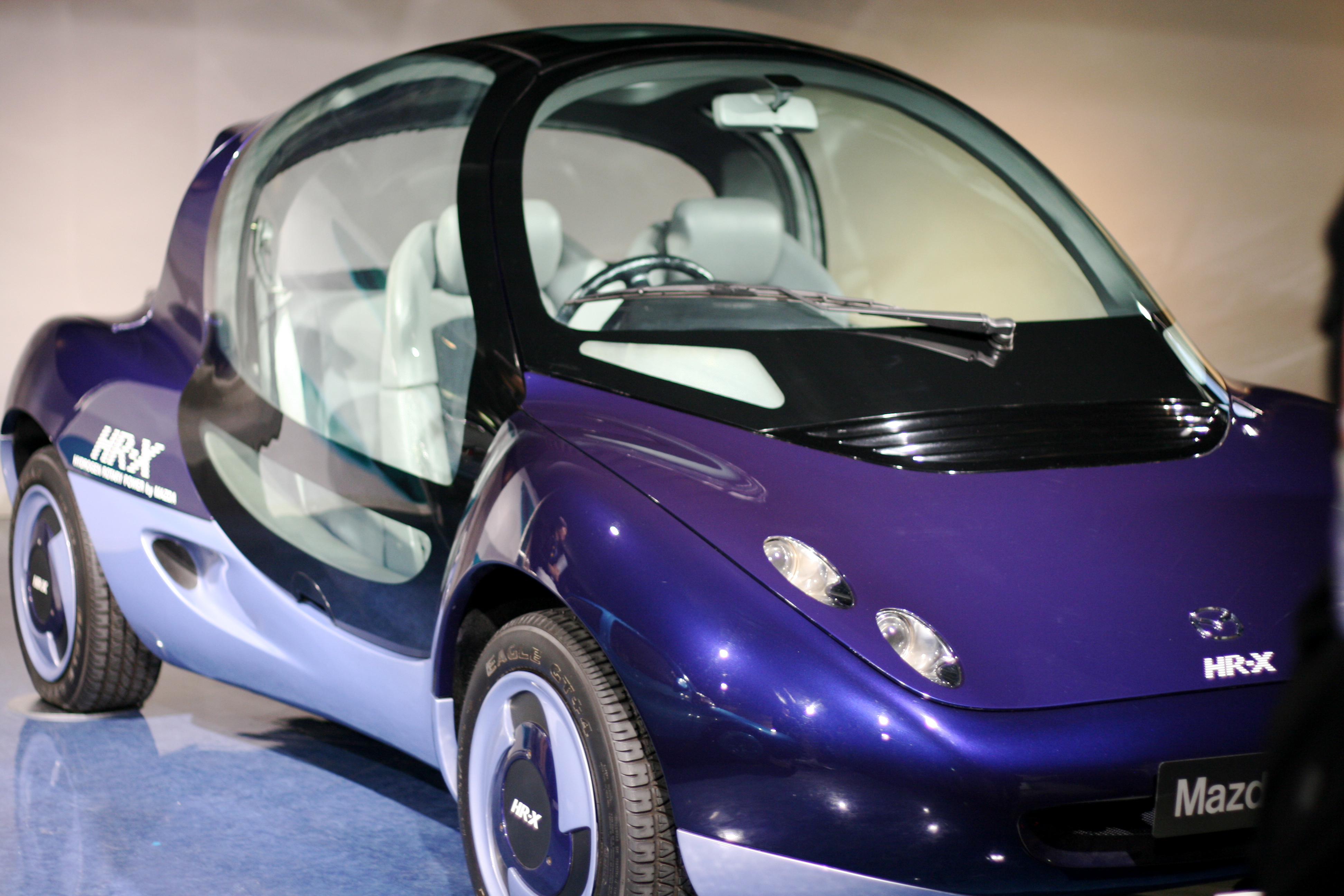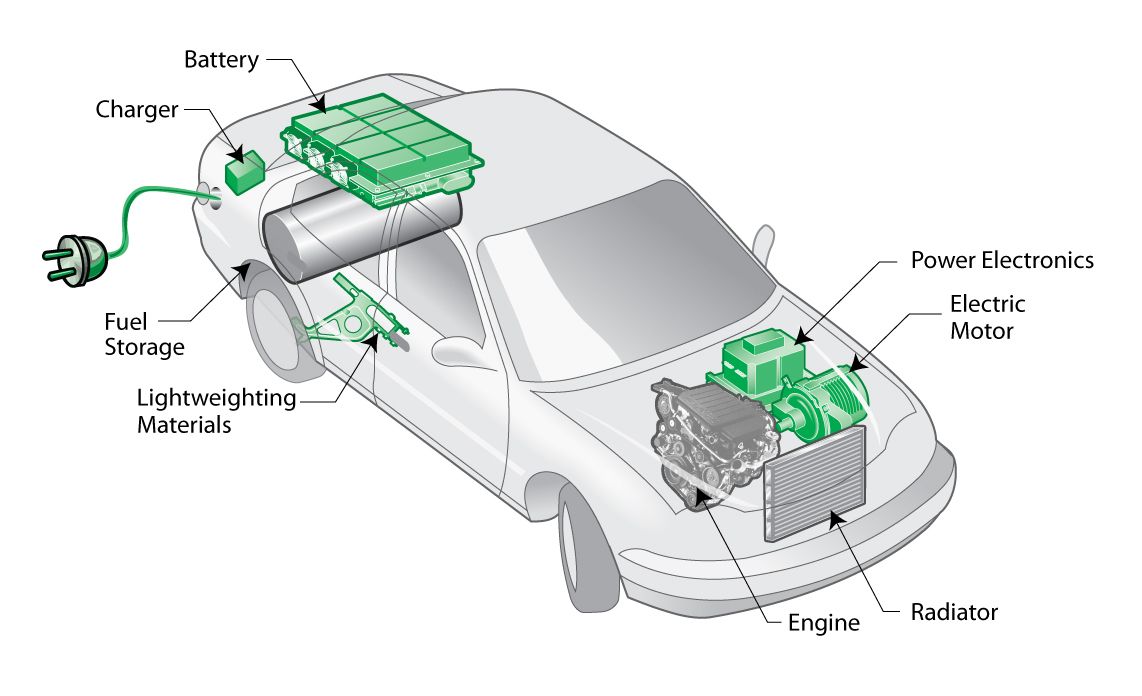
The central question for many potential hybrid vehicle owners revolves around one crucial component: the battery. With 2.4 million hybrid vehicle owners in the United States, understanding the intricacies of hybrid battery longevity, performance, and degradation is paramount for making informed purchasing and ownership decisions. Despite common misconceptions, modern hybrid batteries are designed for durability, often outlasting initial expectations.
Our in-depth analysis, drawing from extensive data and expert insights, aims to demystify the world of hybrid car batteries. We will provide objective, evidence-based information to guide you through the lifespan expectations, influencing factors, and critical facts about these advanced power sources. This article serves as your comprehensive guide to ensuring your hybrid investment remains reliable and valuable for years to come.
Far from being a short-term liability, hybrid batteries represent a sophisticated energy management system that, with proper understanding and care, offers significant long-term benefits. Let’s delve into the data and uncover the true story behind hybrid battery degradation, equipping you with the knowledge to maximize your vehicle’s efficiency and lifespan.
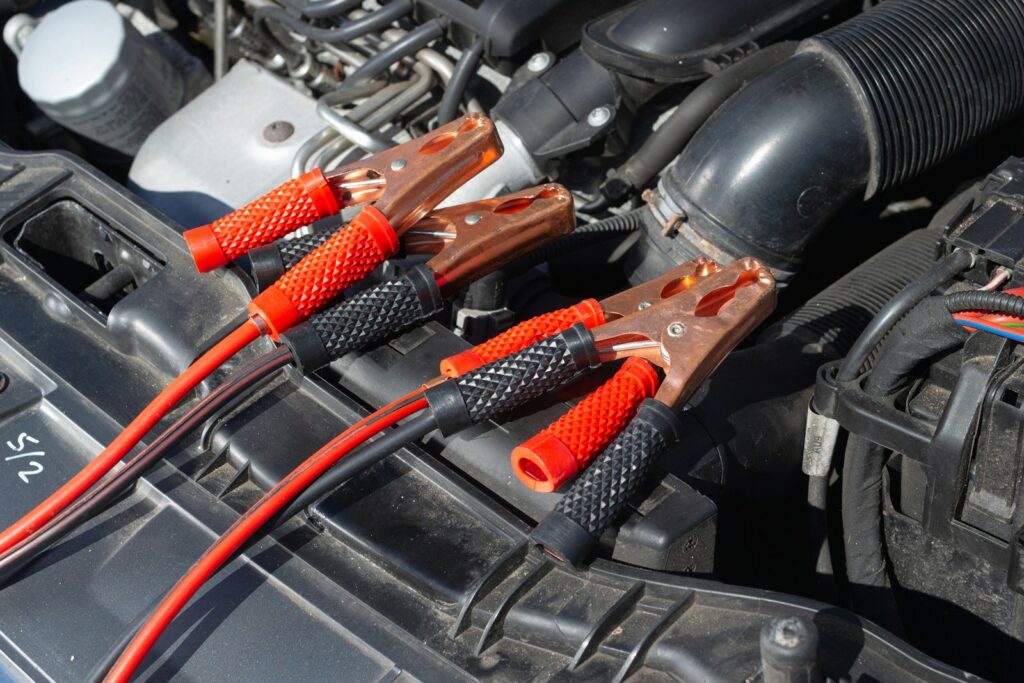
1. **The Reality of Hybrid Battery Longevity: Expectations vs. Myths**Hybrid car battery longevity has seen significant improvements, defying early concerns about lifespan. Modern hybrid batteries typically last between 8 to 15 years, a period that frequently covers a vehicle’s primary ownership. Manufacturers back this durability with robust warranties, commonly for 8 to 10 years or 100,000 to 150,000 miles, underscoring confidence.
It’s a common misconception that hybrid batteries quickly become a costly liability. However, real-world data indicates otherwise. Many hybrid taxi fleets in cities like New York and San Francisco have operated continuously for over a decade, with original batteries still functioning effectively at around 85% capacity. This prolonged performance showcases that the “8-year liability” narrative is largely unsupported.
The degradation process itself is gradual; a hybrid car won’t abruptly cease. Most batteries retain 80-85% of their original capacity after 10 years, leading to a gentle efficiency reduction. This allows owners ample time to monitor performance and plan for any eventual replacement, which has also become more affordable.
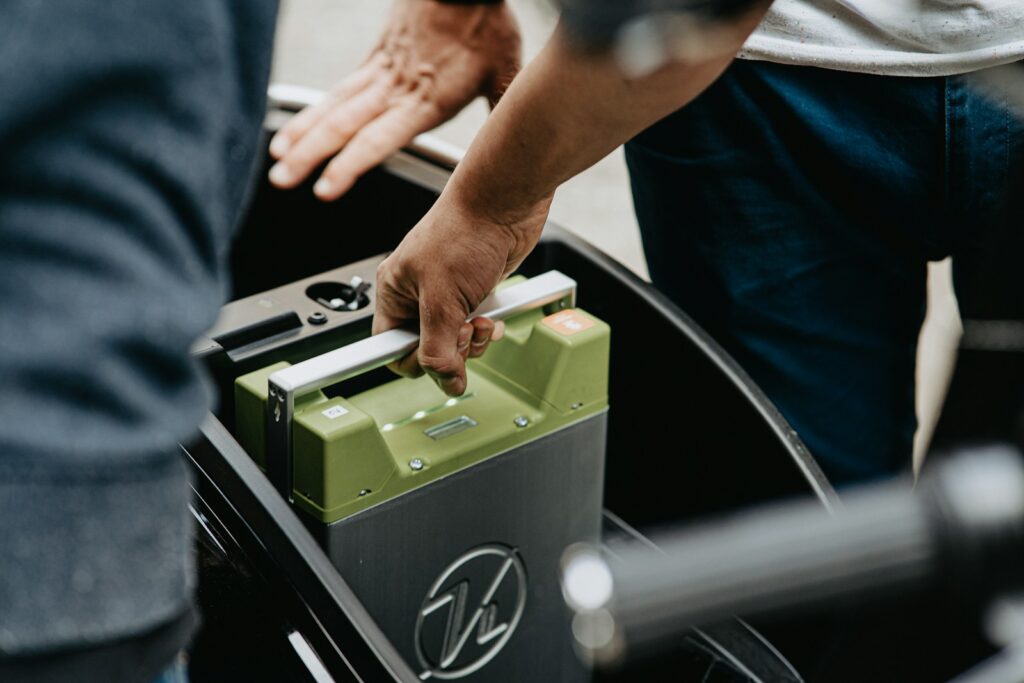
2. **Understanding Hybrid Battery Basics: What Powers Your Eco-Ride**Hybrid car battery technology represents a foundational shift in automotive power, blending electric and gasoline propulsion for efficient, environmentally conscious driving. These sophisticated systems are intelligent energy management units, optimizing vehicle performance and fuel economy. This intricate interplay allows hybrids to deliver smart travel, reflecting advanced engineering.
What makes a hybrid car battery truly unique is its multifaceted role. They power electric motor operations, actively support the gasoline engine, and critically, capture and store energy from regenerative braking. This ability to automatically switch between power sources enhances overall efficiency and significantly reduces fuel consumption.
Today’s hybrids primarily utilize two battery types: Nickel-Metal Hydride (NiMH) for reliability, and Lithium-Ion (Li-ion) for higher energy density. A battery’s performance and longevity are linked to its type, driving habits, and maintenance. Toyota designs batteries to last approximately 150,000 miles or 10 years with normal use.
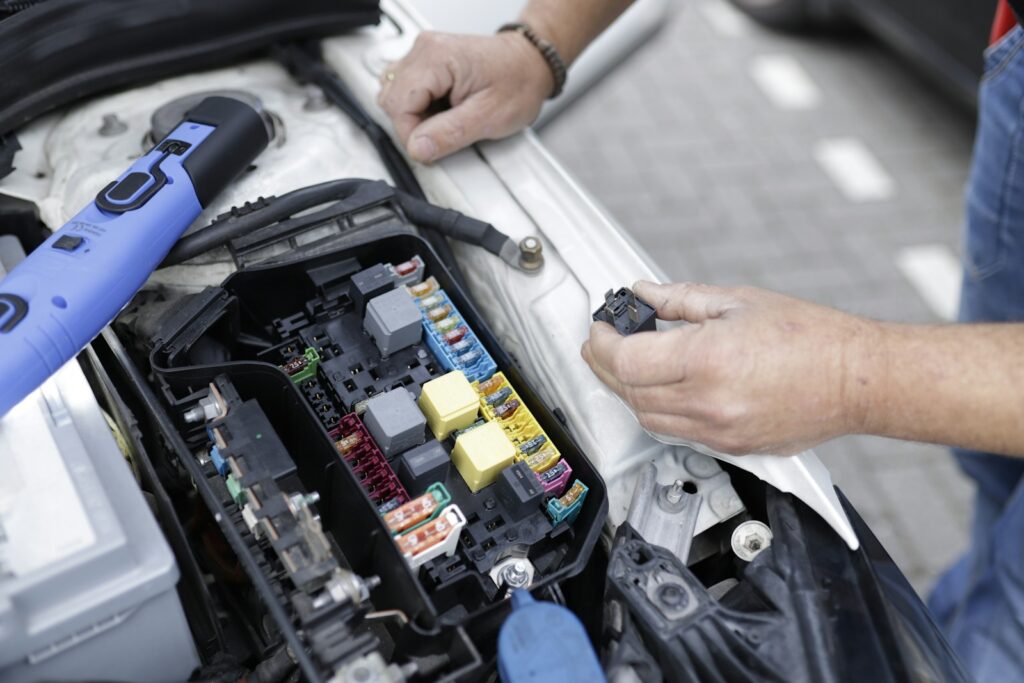
3. **7 Surprising Facts About Hybrid Battery Degradation**Unpacking hybrid battery degradation reveals several facts challenging common assumptions. Primarily, temperature is the battery’s most significant adversary; extreme heat accelerates degradation more than regular driving. Optimal operation is between 60-80°F, with every 10°C increase potentially halving life expectancy.
Contrary to intuition, stop-and-go city traffic is surprisingly beneficial for hybrid battery health. Frequent regenerative braking engagement places less strain on the battery compared to sustained highway speeds. Moreover, hybrid batteries thrive on partial charging, engineered to operate most efficiently between 20-80% charge levels, negating the need for full cycles.
Further demystifying hybrid batteries, they are complex packs of 168-200 individual cells. While degradation of one cell impacts performance, this is gradual, unfolding over many years. Manufacturers, with billions invested, showcase impressive reliability: Toyota’s hybrid batteries show less than a 2% failure rate within 10 years, Honda’s even lower at 1.3%.
Financial implications of replacement are less concerning than portrayed. New packs typically cost $2,000-$6,000, yet many original batteries last over 200,000 miles, surpassing warranties. Importantly, replacement costs have seen a substantial 60% reduction in the last decade, making future replacements more accessible.
Finally, hybrid batteries boast a valuable “second life” after vehicle retirement. They retain 70-80% useful capacity, repurposed for vital applications like home energy storage and grid support. This sustainability aspect extends their economic value and underscores their efficient design and long-term utility beyond automotive roles.
Read more about: Are EVs Really Worth It? The 13 Downsides Nobody Tells You About Before You Buy
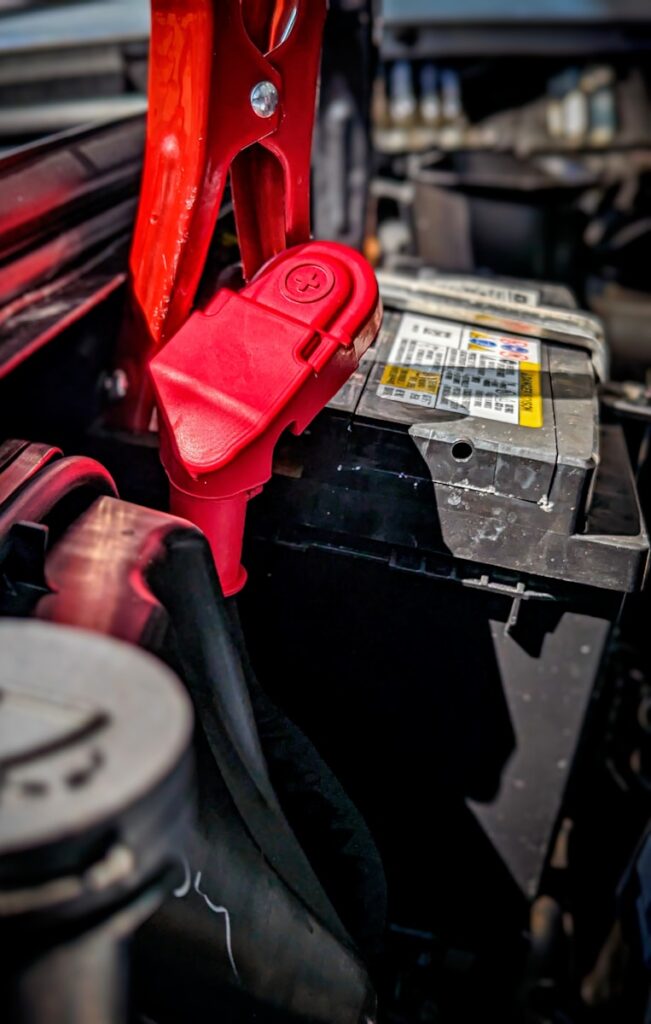
4. **Key Factors That Influence Your Hybrid Battery’s Lifespan**The lifespan of a hybrid battery is a dynamic outcome shaped by several critical factors. Understanding these elements—temperature extremes, charge cycles, driving habits, Battery Management System (BMS) sophistication, maintenance, vehicle design, and battery age—is essential for maximizing efficiency and operational life.
Temperature extremes are significant adversaries. High ambient temperatures accelerate internal chemical reactions, leading to faster degradation; very low temperatures diminish capacity. Battery University notes optimal operation between 20°C and 25°C, emphasizing moderation for health and longevity.
Charge cycles, a complete discharge and recharge, incrementally reduce capacity. The U.S. Department of Energy states hybrid batteries endure roughly 1,000 cycles before significant efficiency loss, underscoring energy management. An effective BMS is paramount, as advanced systems prevent overcharging, deep discharging, and extreme temperatures, thereby extending lifespan, as noted by Green Technology Journal.
Driving habits profoundly influence battery health. Frequent short trips can lead to incomplete charge cycles, while aggressive driving stresses the system. Consistent maintenance—like optimal tire pressure and a clean cooling system—can, according to the International Society of Automotive Engineers, extend battery life by up to 20%.
Ultimately, the inherent design and manufacturing quality of the hybrid vehicle, including high-quality materials and advanced technologies, significantly impacts durability. Analyses show considerable variation across models, with some exceeding 200,000 miles under optimal conditions, underscoring robust engineering’s long-term performance impact.
Read more about: Your Essential Guide: Navigating Extended EV Warranties for Maximum Savings and Peace of Mind
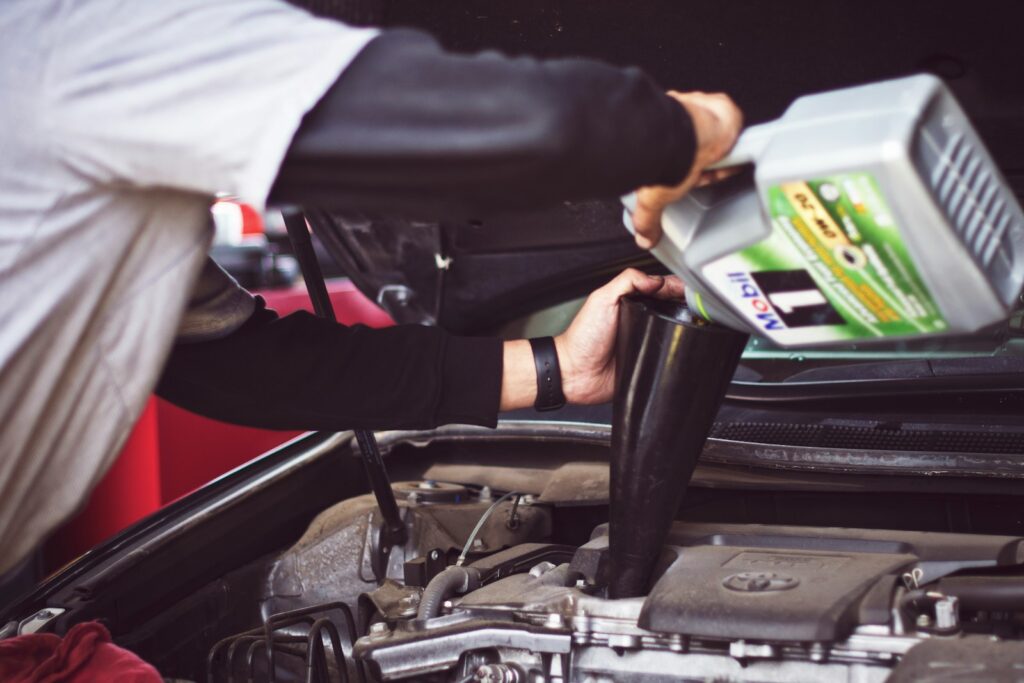
5. **Driving Habits: The Unseen Impact on Battery Durability**Your driving style profoundly, yet subtly, impacts the long-term durability and efficiency of your hybrid battery. Aggressive driving—marked by rapid acceleration and abrupt braking—places significantly higher demand on the battery, compelling frequent power delivery. This intensified usage pattern can lead to accelerated wear and tear, ultimately shortening lifespan, with an average loss of about 1.8% of power annually, influenced directly by driving behavior.
Conversely, a smooth, measured driving style, incorporating gradual acceleration and steady speeds, minimizes stress on the battery system. This approach allows the battery to operate more efficiently within its optimal parameters, reducing heat buildup and preserving its internal chemistry. While city driving benefits from regenerative braking, consistent highway driving, with more stable speeds, tends to be less taxing on battery life.
Adopting eco-friendly techniques is a critical component of hybrid battery care. Avoiding aggressive acceleration, utilizing eco-driving modes, maintaining steady highway speeds, and allowing regenerative braking to function efficiently are actionable habits that significantly extend battery life and maintain performance. This mindful approach helps secure your investment and ensures prolonged vehicle efficiency.
Read more about: Maximize Your Miles: The Definitive Guide to Electric Scooter Battery Lifespan and Care
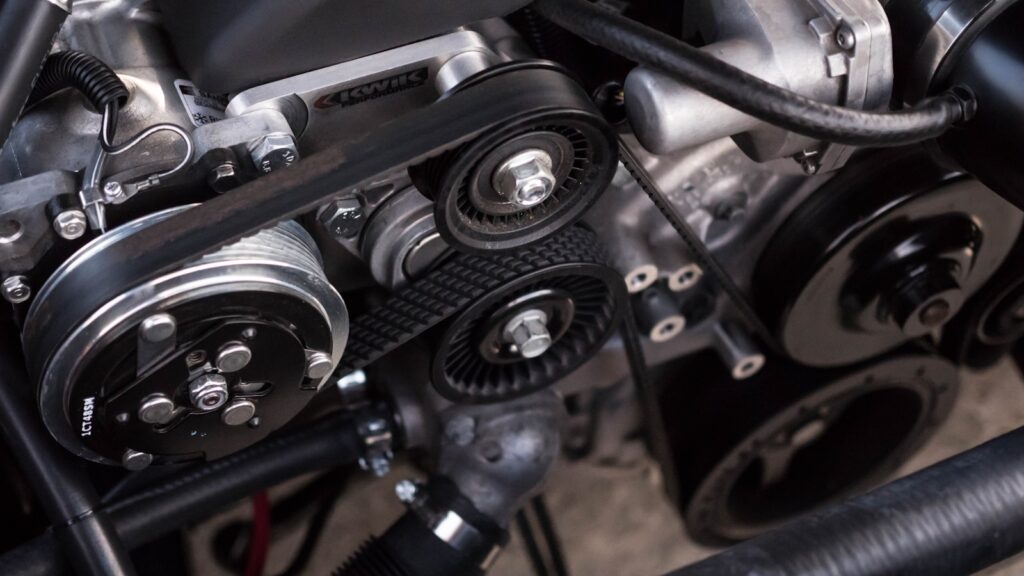
6. **Climate and Environment: Battery’s Best and Worst Enemies**Environmental factors, especially weather conditions, critically influence the longevity and performance of a hybrid car battery. Extreme temperatures, whether searing heat or biting cold, are significant adversaries. Batteries operate optimally within specific temperature ranges, and deviations accelerate degradation and reduce efficiency.
High temperatures are particularly detrimental, escalating chemical reactions within cells and leading to faster degradation. Research suggests a 10°C increase can halve a battery’s lifespan. Parking consistently in direct sunlight or in regions with persistently high ambient temperatures significantly impacts battery health, making proactive measures like seeking shade crucial.
Conversely, very low temperatures, while less chemically destructive than high heat, can diminish battery capacity and performance by slowing reactions. This may cause temporary reductions in range. Overall, vehicles in extreme climates may experience 15-30% faster degradation, yet most hybrid batteries, even then, retain about 80% of their power after 10 years with proper care, demonstrating robust, engineered resilience.
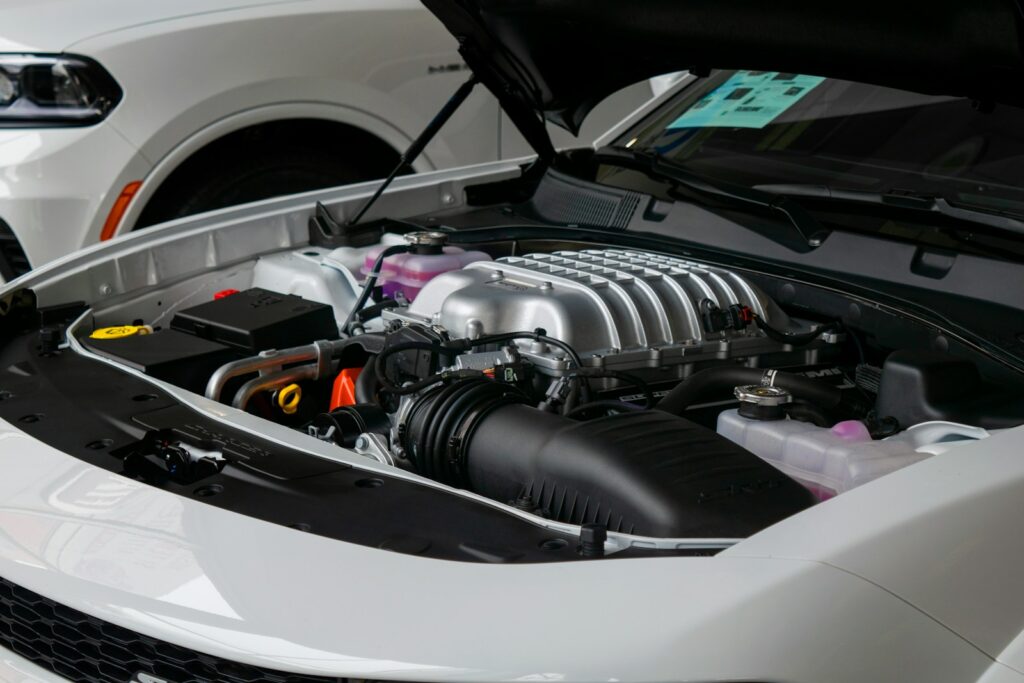
7. **Average Lifespan Across Different Models and What to Expect**The average lifespan of a hybrid car battery is a critical consideration, reflecting significant advancements in automotive engineering. Today, these sophisticated power units typically boast a lifespan ranging from 8 to 15 years, often covering between 100,000 to 150,000 miles before replacement. This durability is a testament to the continuous evolution of hybrid vehicle battery technology, making them a reliable investment.
Battery performance is not monolithic across all hybrid models and brands; it varies based on driving conditions, climate exposure, maintenance practices, and underlying battery chemistry. For instance, Toyota Prius owners frequently report batteries lasting over 150,000 miles, with some exceeding 200,000 miles, heavily influenced by individual driving patterns and regional use.
Manufacturers reinforce their confidence through robust warranty protections, often exceeding minimums. Most brands provide an 8-year/100,000-mile warranty, with many extending this to 10 years or 150,000 miles. Some premium brands even offer up to 15 years of coverage, demonstrating a strong commitment to long-term reliability and peace of mind regarding potential significant capacity loss.
These industry standards highlight that hybrid batteries are built to last, often well beyond the typical ownership period. While degradation is natural, it occurs gradually, allowing owners to manage and plan for future needs without immediate alarm. This proactive approach, coupled with improving efficiency and decreasing costs, positions hybrid vehicles as a smart, long-term choice.
Read more about: Your Ultimate Blueprint: 14 Killer TikTok Hacks to Grow Your First 1000 Followers!

8. **How to Extend Hybrid Battery Life: Best Practices for Proactive Care**The longevity of your hybrid battery isn’t solely determined by its initial design; proactive ownership plays a critical role. Employing smart driving habits and adhering to a consistent maintenance schedule can significantly extend the operational life and efficiency of your hybrid vehicle’s battery. These practices contribute to maintaining battery health, ensuring your investment remains reliable for years to come.
One of the simplest yet most effective ways to prolong battery life is through mindful driving. Avoiding aggressive acceleration and sudden, hard braking minimizes stress on the battery system, allowing it to operate within optimal parameters. Utilizing eco-driving modes, when available, further reduces the battery’s workload. Maintaining steady speeds on highways and allowing the regenerative braking system to function efficiently are key behaviors that help preserve internal battery chemistry and reduce heat buildup.
Beyond driving style, consistent maintenance is paramount. Keeping the battery cooling system clean is crucial, as extreme temperatures are known to accelerate degradation. Regular software updates from dealers ensure the Battery Management System (BMS) operates with the latest efficiencies and protections. Monitoring battery health during routine service appointments, alongside practicing smart charging techniques—such as keeping the charge between 20% and 80% and avoiding full discharges or charges—are all actionable steps owners can take.
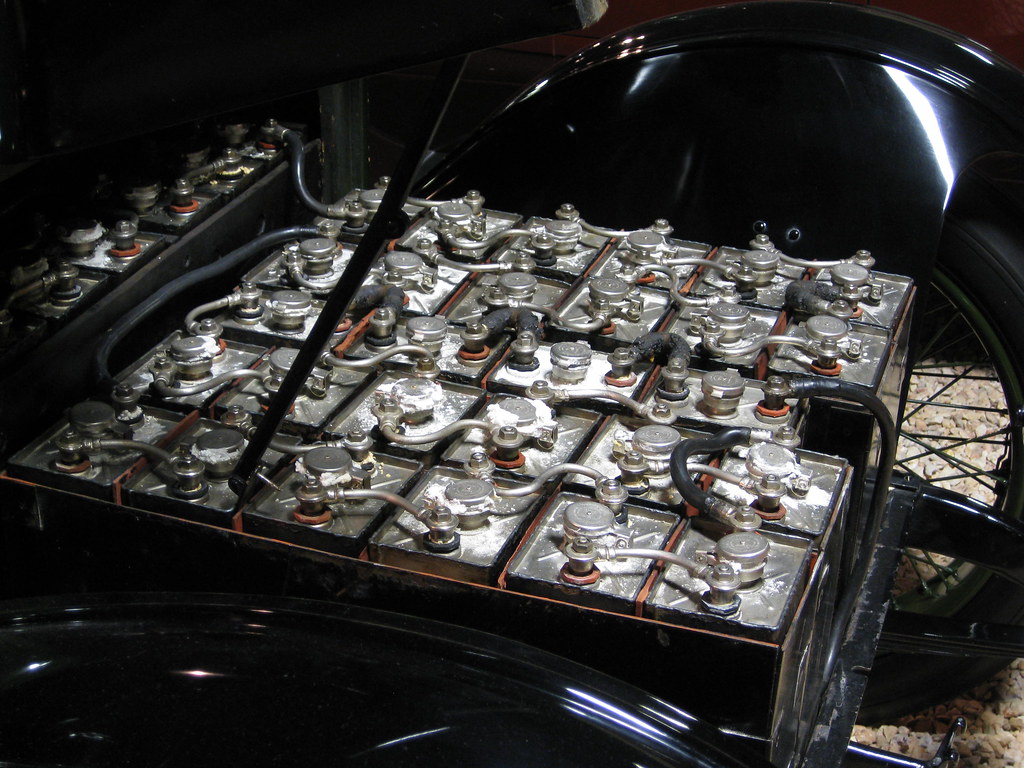
9. **Recognizing the Red Flags: Warning Signs of Battery Degradation**As a hybrid owner, being able to identify the early indicators of battery degradation is essential for proactive maintenance and avoiding more significant issues. While hybrid batteries are designed for durability, gradual wear over time is natural. Recognizing these warning signs allows you to address potential problems before they escalate, preserving both performance and your investment.
A primary warning sign is a noticeable decrease in fuel economy. As a hybrid battery loses capacity, the vehicle relies more heavily on its gasoline engine, directly impacting overall fuel efficiency. Similarly, a reduced electric-only driving range, for plug-in hybrids, or an increased gasoline engine runtime during typical electric-assist scenarios, indicates the battery is no longer holding a charge as effectively. These changes signal that the delicate balance between electric and gasoline power systems is being disrupted.
Other critical indicators include dashboard battery warning lights, which are directly designed to alert you to an issue within the battery system. Reduced vehicle acceleration or unusual engine behavior, such as the gasoline engine engaging more frequently or sounding strained, can also point to a failing battery. Regular diagnostic tests and professional battery health checks during routine service are recommended to monitor charge levels and overall battery performance, helping to spot issues early.

10. **Navigating Battery Replacement: When, What to Expect, and Costs**Eventually, even the most durable hybrid batteries will require replacement. Understanding the typical timeframe, cost implications, and available options can help hybrid owners plan effectively and mitigate unexpected expenses. Modern hybrid batteries generally work well for 8 to 15 years, with most manufacturers offering substantial warranties to cover this period.
The timeframe for replacement often aligns with the natural degradation curve. For the first 8 years, your battery is expected to perform optimally. Between 8 to 10 years, a slight drop in performance might become noticeable, though many batteries still retain 80-85% of their original capacity. Beyond 10 to 15 years, a detailed check on your battery is advisable, as its capacity may have diminished to a point where replacement becomes beneficial for maintaining efficiency.
When considering replacement, costs can vary significantly depending on the vehicle’s make and model. New hybrid battery packs typically range from $2,000 to $6,000 for standard hybrids, and between $10,000 to $20,000 for plug-in hybrid batteries. However, remanufactured battery options, which involve restoring existing battery packs to near-original condition, can offer a more affordable solution, often costing 40-60% less than a new unit. For example, a remanufactured Toyota Camry battery might cost about $2,090, including installation.
It is crucial to consult with your car’s manufacturer or a certified hybrid technician to determine the best replacement strategy for your specific model and age of vehicle. While the prospect of replacement can seem daunting, costs have dropped by 60% in the last decade, making future replacements more accessible. Moreover, many batteries outlast warranty periods, with some owners reporting over 200,000 miles on original batteries, underscoring the overall value proposition.
Read more about: Hybrid Car Battery Woes: An In-Depth Guide for Savvy Owners to Avoid Thousands in Repairs
Ultimately, consumers should not lose sleep over hybrid battery degradation. The total cost of ownership for hybrids often beats conventional cars, especially when considering fuel efficiency and available incentives. The continuous advancements in battery technology mean tomorrow’s hybrids will be even more durable and efficient. The story of hybrid battery degradation is not about if it happens, but how slowly and gracefully it occurs, making the hybrid revolution a smart, future-proof choice for your wallet and the planet.

